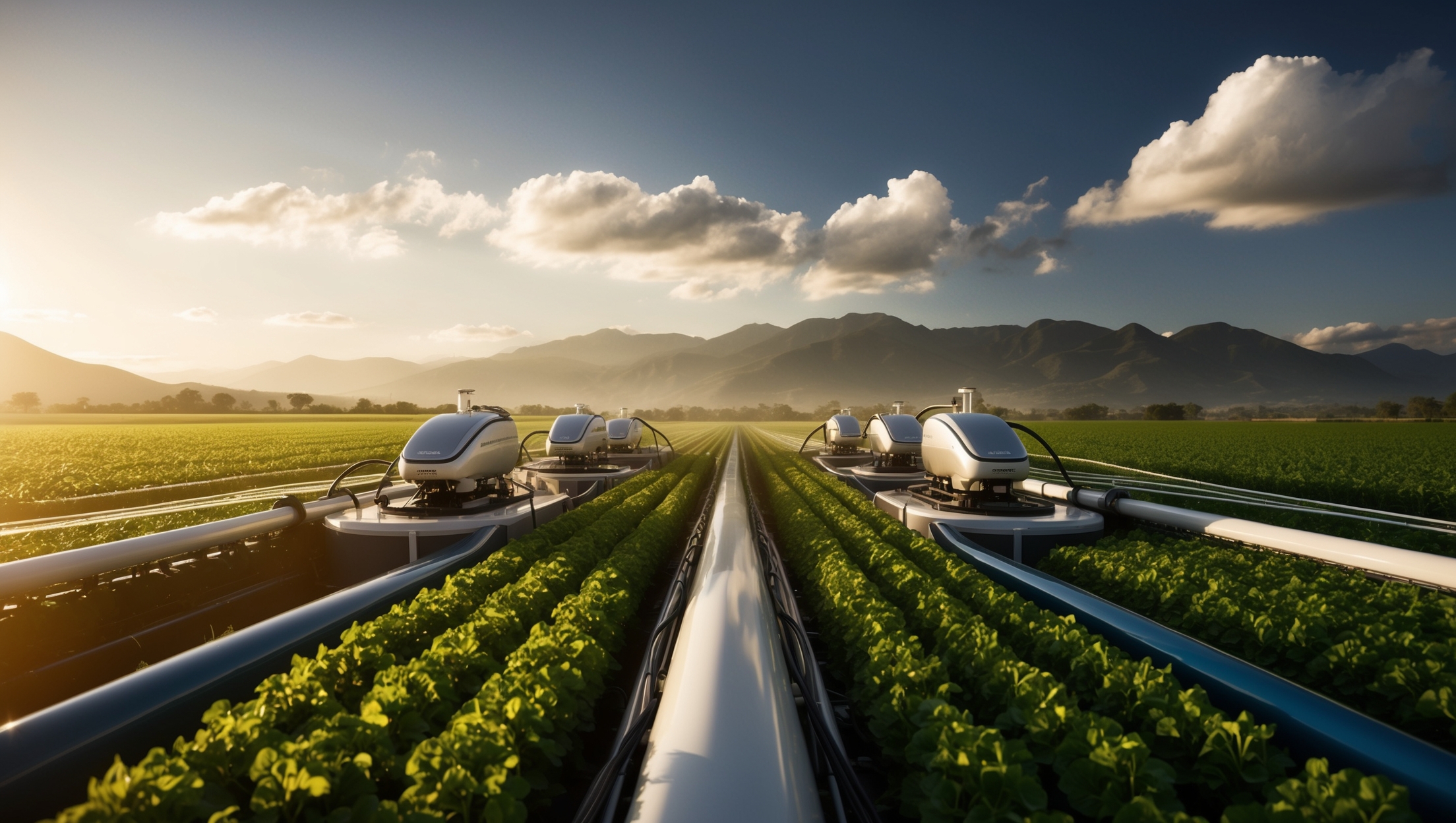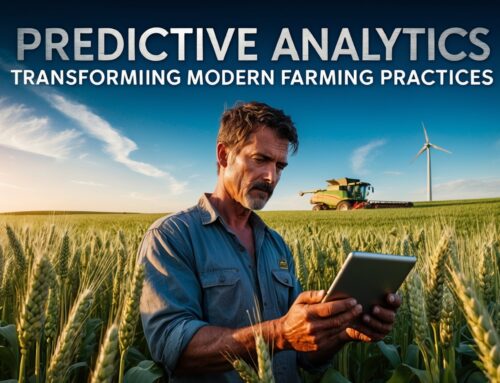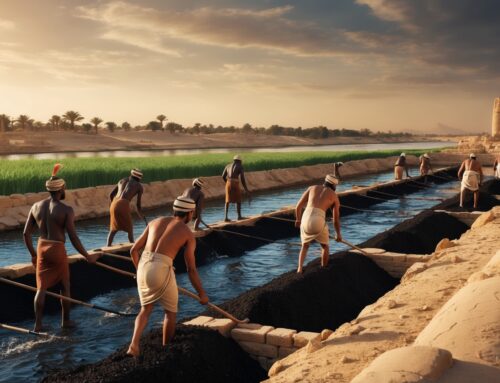Soil moisture sensors are powerful tools, but their real value depends on how you use the data they provide. For many farmers, this data can be the key to improving irrigation, saving water, and ultimately increasing crop yields. In this post, we’ll explore how you can use soil moisture data to enhance your irrigation practices, helping you save time, money, and resources.
Understanding the Data
The first step in using soil moisture data effectively is understanding what the numbers mean. Soil moisture readings can change depending on factors like soil type, temperature, and recent weather. A soil moisture sensor like Terrestream’s Irrigauge gives you real-time data that shows how much water is available to your crops at any given moment.
For example, if the reading shows that your soil is getting close to the wilting point, it’s time to irrigate before your crops start to suffer. On the other hand, if your soil is near field capacity, it’s better to hold off on watering so you don’t over-saturate the roots. By checking these readings regularly, you can make informed decisions about when to turn on the irrigation system and when to let nature do its job.
Timing Your Irrigation
Timing is everything when it comes to irrigation. The goal is to keep your soil moisture within the available water range—where there is enough moisture for plants to grow well, without the risk of overwatering or drought stress. By using soil moisture data to determine the right timing, you can avoid common mistakes like watering at the wrong time of day or during a rainstorm.
Zone-Based Irrigation
Most fields aren’t uniform—there are differences in soil type, elevation, and drainage that affect how water moves through the field. Soil moisture data helps you understand these differences better so you can use zone-based irrigation—adjusting your irrigation practices to meet the needs of specific areas in your field.
For example, lower areas of a field might hold water longer, while higher spots drain faster and need more frequent watering. By using sensors to monitor soil moisture in different zones, you can give each part of your field just the right amount of water. This precision helps reduce water waste and ensures that all parts of your field are productive.
Recognizing Trends and Making Adjustments
One of the biggest advantages of soil moisture data is being able to see trends over time. By analyzing how moisture levels change with different weather events and irrigation schedules, you can find patterns that help you make long-term improvements to your water management.
For example, if you notice that some areas of your field are consistently drying out faster than others, you might need to adjust your irrigation schedule or even change your planting strategy to better match those conditions. By paying attention to these trends, you can make your practices more efficient and keep your crops healthier.
Saving Money and Resources
Water is one of the most valuable resources on a farm, and it’s also one of the most expensive. By using soil moisture data to guide your irrigation, you can save a significant amount of water, which means saving money too. Over time, these savings can really add up, especially for larger farms where irrigation costs are high.
Besides saving money, using soil moisture data helps you conserve water, which is becoming more important as climate change makes weather less predictable. Every drop counts, and by using tools like the Irrigauge, you can ensure you’re using water as efficiently as possible while keeping your crops healthy and productive.
Conclusion: Make Data-Driven Decisions
Soil moisture sensors like Terrestream’s Irrigauge are more than just gadgets—they are powerful tools that can help you make data-driven decisions about your irrigation. By understanding the data, timing your irrigation properly, using zone-based irrigation, and recognizing long-term trends, you can use water more efficiently, save money, and improve your crop yields.
Farming has come a long way from relying on intuition and guesswork. With modern technology, you can manage your irrigation more precisely than ever before. Ready to take your farm’s irrigation efficiency to the next level? Check out Terrestream’s Irrigauge, FieldLink, and FieldHub to see how our technology can help you get the most out of every drop of water.





